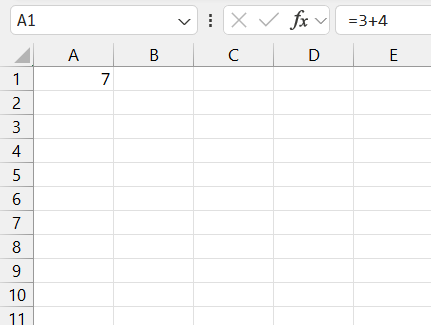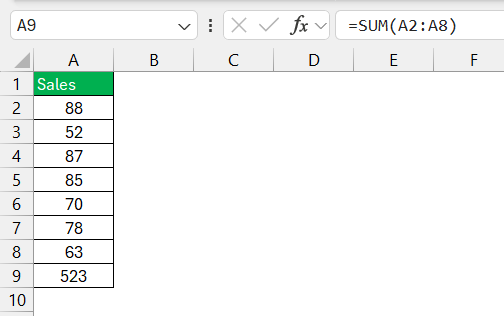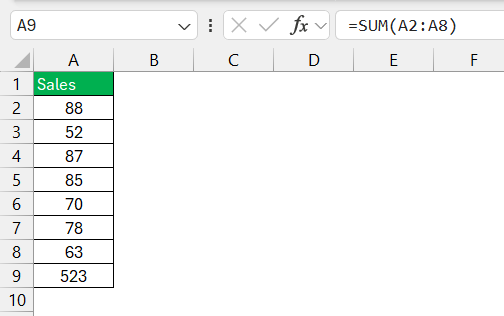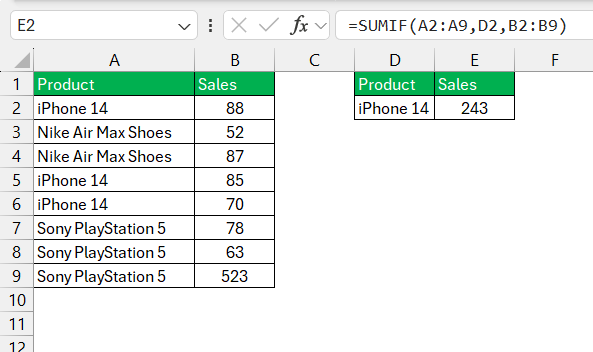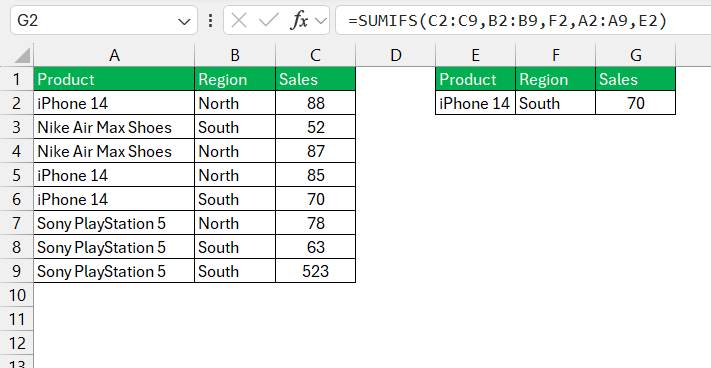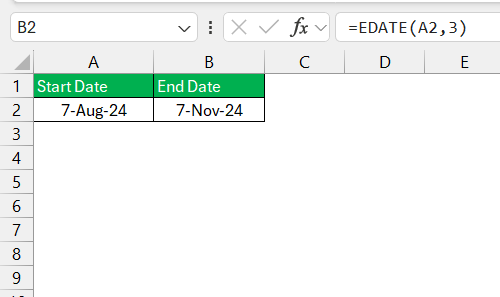Adding numbers in Excel is a fundamental skill that opens the door to more advanced data analysis and manipulation. Whether you’re totaling up expenses, calculating averages, or summing up sales figures, mastering the basic addition functions can streamline your workflow and enhance your data accuracy. In this guide, we’ll explore various methods on how to add numbers efficiently in Excel, from simple formulas to more sophisticated techniques.
Key Takeaways:
- Introduction to Basic Addition: Mastering basic addition in Excel, whether through direct cell input or using formulas, is essential for efficient data manipulation.
- The SUM Function: Utilizing the SUM function helps simplify adding up ranges of numbers, making it ideal for larger datasets.
- AutoSum Tool: AutoSum offers a quick way to calculate totals without manually entering formulas, streamlining the process for extensive data.
- Conditional Functions: The SUMIF and SUMIFS functions enable selective and conditional summing, which is useful for targeted data analysis.
- Dynamic Arrays and EDATE Formula: Leveraging formulas like EDATE for date-based calculations enhances productivity and organization in managing sequential data.
Table of Contents
Introduction to Adding Numbers in Excel
The Importance of Accurate Calculations
Accurate calculations in Excel are the backbone of effective data analysis and financial reporting. I’ve learned how critical it is to ensure each figure is added correctly, as discrepancies can snowball into costly mistakes.
Imagine compiling a financial report where a single error might misrepresent the health of a business – the implications could affect decisions at the highest levels. Excel, with its robust features for adding numbers, has become an indispensable tool for accountants, analysts, and professionals in various fields.
Mastering How to Add in Excel
Adding Numbers within a Single Cell
Adding numbers within a single cell is as straightforward as it sounds. I simply select the cell where I want the sum to appear, type an equals sign to signal the start of a formula, key in the numbers with a plus sign in between—just like using a basic calculator—and hit “Enter.”
The cell instantly displays the result. It’s a quick method I use for on-the-fly calculations when dealing with small sets of numbers within my Excel workspace.
Utilizing the SUM function
When I’m working with just a few numbers, the SUM function is my go-to for simple sums in Excel. The SUM function in Excel adds up numbers in a selected range of cells. To use it, simply type =SUM( followed by the range of cells you want to total, such as =SUM(A2:A8), and press Enter.
Excel will calculate the sum of the specified cells. The beauty of this function lies in its flexibility—I can sum individual cells, whole ranges, or a mixture of both. It’s invaluable when dealing with large datasets and ensures that I’m not wasting time adding cell references one by one.
Using AutoSum for Quick Totals
AutoSum is a tool I find myself using regularly for its convenience in calculating quick totals. It eliminates the need to type formulas, saving me time especially when dealing with extensive data. I simply click on the cell where I want the total to appear, then the AutoSum button, and Excel does the rest.
After selecting, Excel suggests a range based on the adjacent numbers and anticipates the sum range accurately most times. Pressing “Enter” finalizes the action, leaving me with the sum of the selected cells.
It’s an efficient way to get accurate totals without manually entering each cell reference.
Sorting and Summarizing with Conditional Functions
Employing the SUMIF Function for Selective Addition
The SUMIF function is a dynamo when it comes to conditional summing. Whenever I need to add numbers that meet a specific criterion, this function comes to my rescue. The syntax “=SUMIF(range, criteria, [sum_range])” allows me to target exactly what I want to add.
For instance, if I need to tally sales only for a particular product, I set that product as my criterion. The function is a breeze for selectively adding data and keeps my worksheets tidy by removing the need for auxiliary columns or manual filtering.
Streamlining with SUMIFS for Multiple Conditions
SUMIFS steps in as a powerhouse when I need to sum data based on multiple criteria. The syntax – “=SUMIFS(sum_range, criteria_range1, criterion1, [criteria_range2, criterion2], …)” – empowers me to narrow down the summation to highly specific data points.
This is incredibly useful when, for instance, I need to total the sales of a specific product in a certain region during a select time frame. By setting each of these as criteria, the SUMIFS function streamlines complex data analysis, reducing the potential for errors and enhancing the precision of my results.
Enhancing Productivity with Dynamic Arrays
Leveraging EDATE Formula for Sequenced Calculations
The EDATE formula is a handy feature that I turn to when dealing with sequential date-based calculations in Excel. Particularly useful when projecting future dates given a start date and a specified number of months, the syntax is “=EDATE(start_date, months)”.
Often, when tracking project timelines or financial investments with monthly intervals, the EDATE formula allows me to swiftly generate a series of dates or deadlines, keeping my schedules and plans meticulously organized.
FAQs on Adding Numbers in Excel
What is the formula for add in Excel?
The formula to add numbers in Excel is quite simple. Start with an equals sign (=), followed by the numbers or cell references you wish to add, separated by plus signs (+). For example, to add numbers 5 and 3 in a cell, I’d type =5+3 and press Enter. For adding cells A1 and A2, I’d use =A1+A2.
How to add in Excel?
To add a sum in Excel, I use the SUM function. After selecting the cell where I want the result, I type =SUM(, then select the range of cells to be added or type them manually separated by commas, and close the function with a parenthesis ). Pressing Enter computes the sum of those cells.
How do I auto-populate dates related to my figures?
To auto-populate dates in Excel related to my figures, I use the AutoFill feature. First, I enter the starting date in a cell, then drag the fill handle across the adjacent cells. Excel automatically increments the dates. If I need specific sequencing, like only business days, I might use the WORKDAY function instead.
Can I add numbers based on specific conditions?
Yes, I can add numbers based on specific conditions using the SUMIF or SUMIFS functions. SUMIF adds numbers in a range that meet a single condition, while SUMIFS can handle multiple criteria. For instance, =SUMIF(range, "Condition", sum_range) will give the sum of the “sum_range” where the “range” meets the “Condition”.
What are some alternatives to Excel for data analysis and addition?
For those looking beyond Excel for data analysis and addition, Google Sheets is a popular alternative, offering collaborative features and cloud storage. Apache OpenOffice Calc provides a free, open-source option with a range of capabilities similar to Excel. Zoho Sheets is another cloud-based alternative with robust data analysis tools. Additionally, programs like Numbers for Mac users offer a clean interface for data tasks, and Microsoft Power BI excels in business intelligence and data visualization.
John Michaloudis is a former accountant and finance analyst at General Electric, a Microsoft MVP since 2020, an Amazon #1 bestselling author of 4 Microsoft Excel books and teacher of Microsoft Excel & Office over at his flagship MyExcelOnline Academy Online Course.

